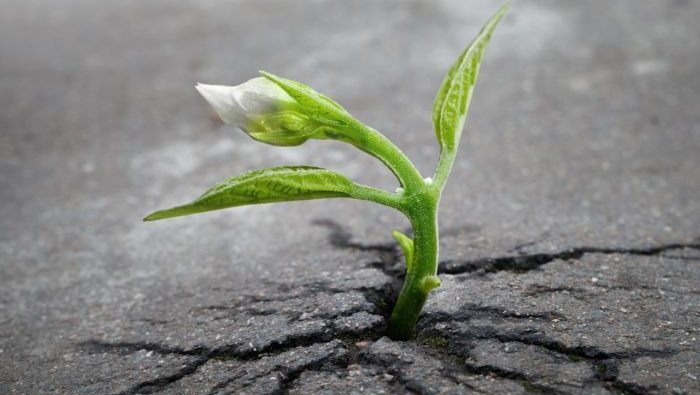Resilience is not simply about about getting rid of the pain we experience quickly (though many may want you to confuse this kind of psychological toughness with resilience). The movement toward resilience is a movement toward wholeness through understanding.
Sources of resilience
Our intuitive ability to move towards wholeness is strengthened and renewed by:- RELATIONSHIP: Loving, supportive, and trusting relationships and communities.
- FAITH (PURPOSE): Confidence and trust in ourselves, others, and life itself.
- ACTION: Our ability to communicate our feelings and needs, to take action, to ask for help, and to set boundaries appropriately as needed.
- I have… Who are the people, places, and communities that nourish me?
- I am… What are the beliefs, values, and mindsets that give me strength and hope and connection?
- I can… What are the choices, actions, words, and skills that help me navigate difficulty?
Therefore, practicing resilience in community or organizational settings requires embracing everyone’s experiences and seeking to transform the culture to cultivate sources of resilience for all and include all when defining “we”. This practice requires embracing the centrality of each individual experience in making up the collective experience AND the impact of the collective culture on each individual. No one else can tell you how to adapt towards wholeness AND you are not separate from the culture of systems and institutions you belong to.
The best ways to launch pathways to resilience as a leader both personally and within your organization is to focus on the work of cultivating connection, trust, communication (priorities, boundaries, needs), and agency.
Finding flexibility and balance
Resilience can be paradoxical. It’s built upon a balancing of honoring the complexity of human needs in the dynamic reality of our existence. Holding resilience work in gentle, flexible balance is essential to lovingly guiding yourself and your organizations on the path to resilience. Resilience as a priority asks us to listen, to be present, to meet the moment, honor the need, and to flow. How can you flow towards wholeness?Consider this from the American Psychological Association:
“Resilience involves maintaining flexibility and balance in your life as you deal with stressful circumstances and traumatic events. This happens in several ways, including:
- Letting yourself experience strong emotions, and also realizing when you may need to avoid experiencing them at times in order to continue functioning.
- Stepping forward and taking action to deal with your problems and meet the demands of daily living, and also stepping back to rest and reenergize yourself.
- Spending time with loved ones to gain support and encouragement, and also nurturing yourself.
- Relying on others, and also relying on yourself.”
Consider the importance of nimble both/and strategies to meet yourself and others in your needs as you seek to bring intention to developing rivers of resilience that flow from deep sources of relationship, faith, and action.

